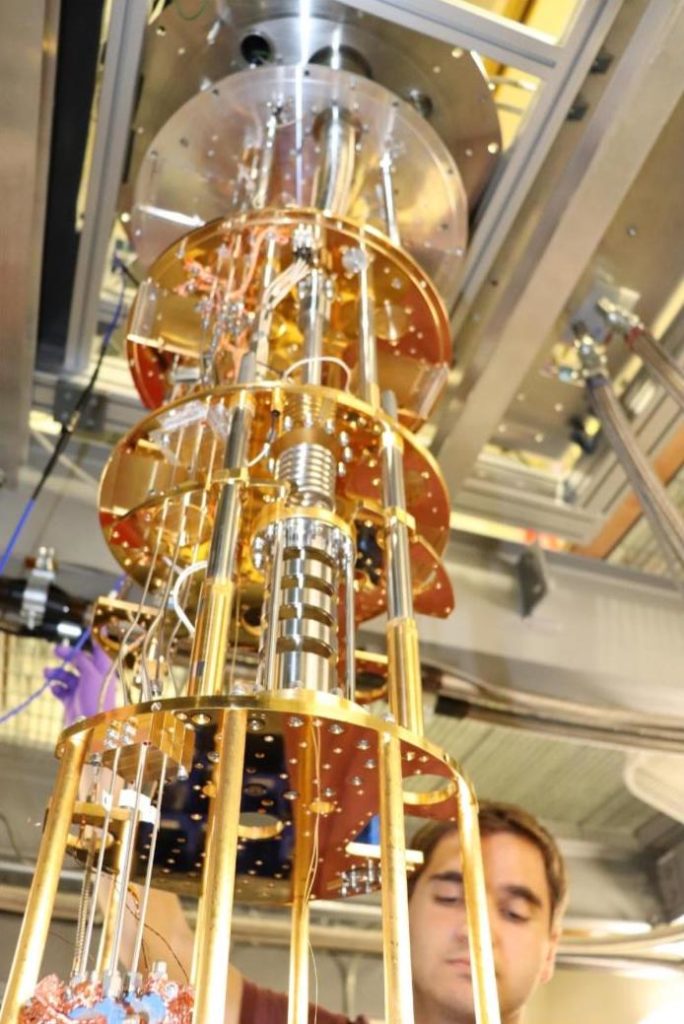Axions and the HAYSTAC Experiment

- 15 May 2025
In News:
A recent study published inPhysical Review Letters reports that while the HAYSTAC experiment did not detect axions, it achieved a major technological milestone. The experiment significantly broadened the search range for axion masses and their interaction strengths, marking substantial progress in the hunt for dark matter.
What are Axions?
Axions are theoretical subatomic particles proposed in the late 1970s as a solution to the strong CP (Charge-Parity) problem in quantum chromodynamics (QCD). This problem involves the puzzling absence of CP violation in strong nuclear interactions, contrary to expectations.
- Axions were introduced to dynamically neutralize CP-violating effects by adjusting the QCD theta (θ) parameter to nearly zero.
- Over time, they have also gained prominence as a leading candidate for dark matter, the elusive form of matter believed to make up the bulk of the universe’s mass.
Why Axions matter in Dark Matter Research
Axions are particularly attractive as Cold Dark Matter (CDM) candidates due to their theoretical and cosmological properties:
- Electromagnetically neutral
- Extremely low mass
- Very weak interactions with ordinary matter and radiation
Foundational work by physicists like Sikivie, Wilczek, Dine, and Preskill demonstrated that axions produced in the early universe could account for the observed dark matter density—roughly 85% of the universe's matter content.
The HAYSTAC Experiment: A Precision Tool for Axion Detection
HAYSTAC (Haloscope At Yale Sensitive To Axion Cold Dark Matter) is a collaborative project led by Yale, Berkeley, and Johns Hopkins University, designed to detect axions by converting them into detectable photons using a haloscope.
Key Features:
- Haloscope Design: A microwave cavity placed in a strong magnetic field, following a design originally proposed by Pierre Sikivie.
- Quantum Squeezing: HAYSTAC is one of the few experiments—alongside Advanced LIGO—that uses quantum squeezing to reduce quantum noise, thereby enhancing measurement precision.
What is Quantum Squeezing?
Quantum squeezing is a technique that manipulates quantum uncertainty to minimize noise in one variable while tolerating increased uncertainty in another. This helps:
- Suppress random fluctuations, and
- Improve the signal-to-noise ratio—vital for detecting rare, weak signals like those possibly produced by axions.
Phase II Highlights of HAYSTAC
- Conducted the widest frequency sweep to date in the axion mass range.
- Marked a technical breakthrough in detection sensitivity.
- Although axions were not detected, the results helped rule out certain mass-coupling combinations, narrowing the parameter space for future searches.
